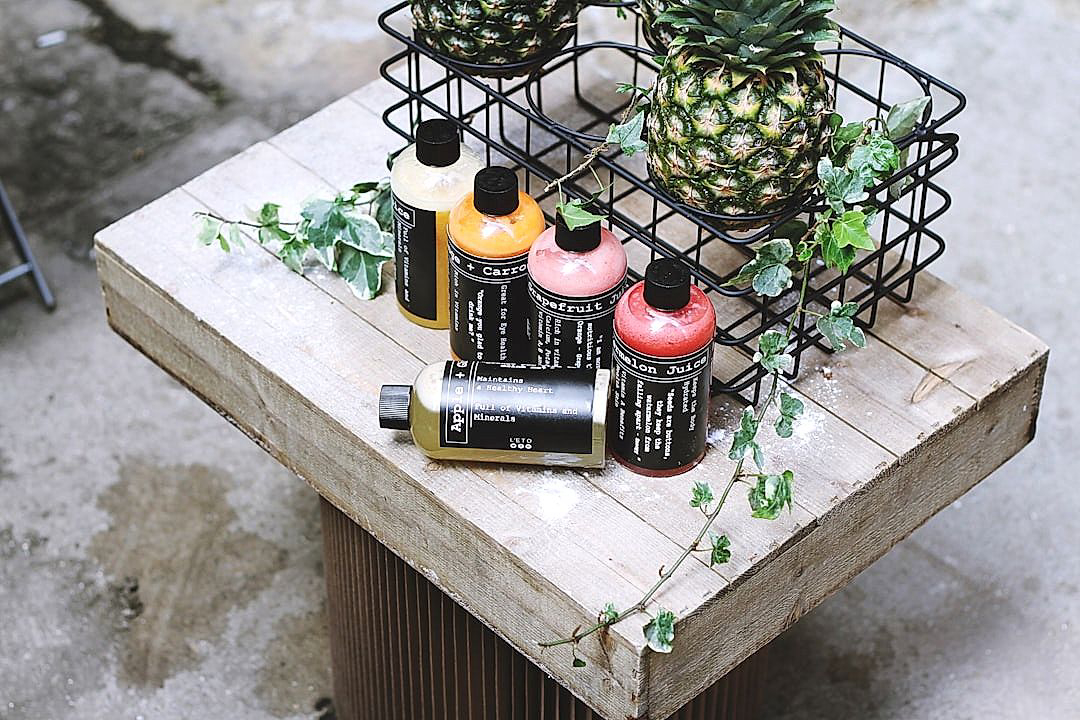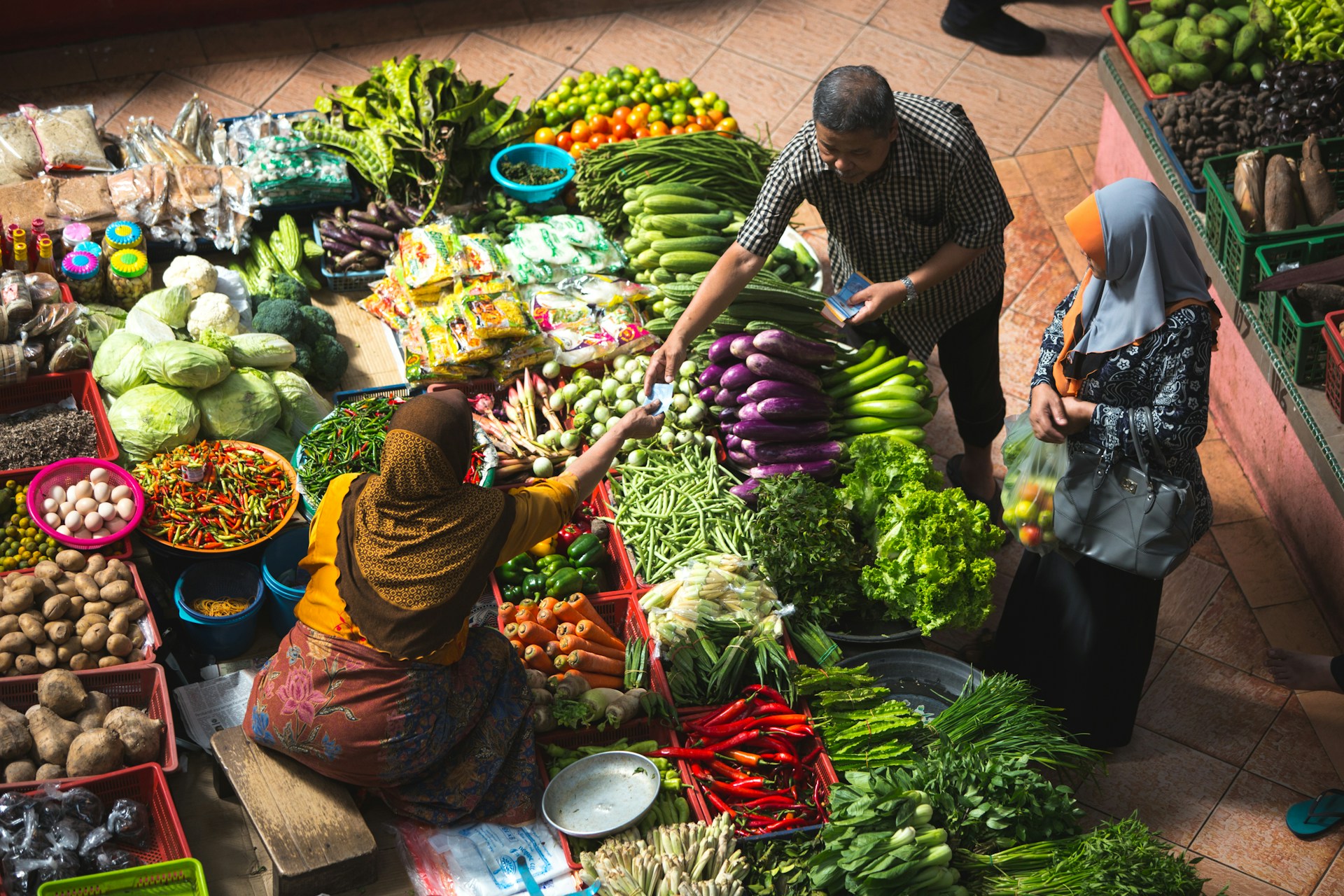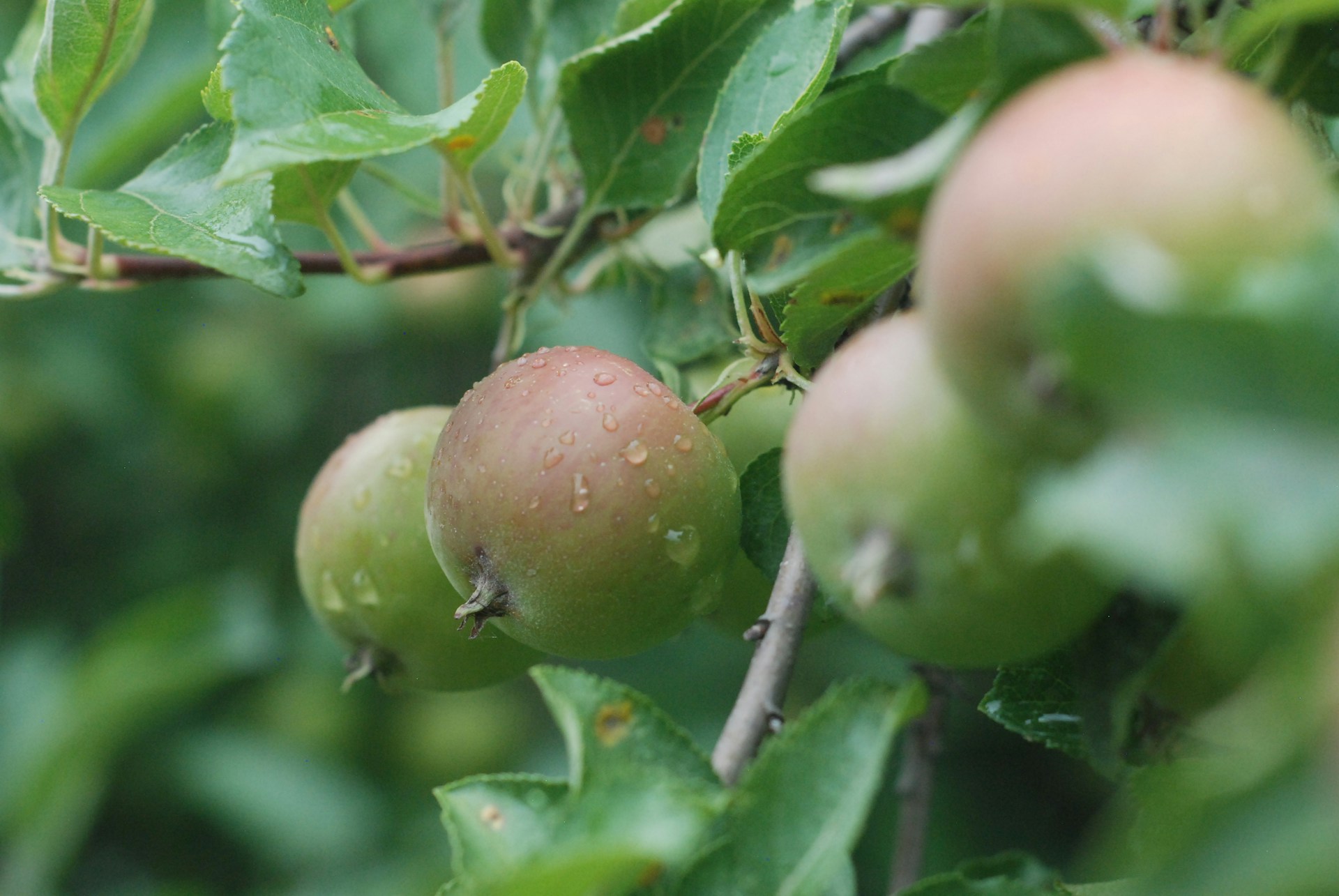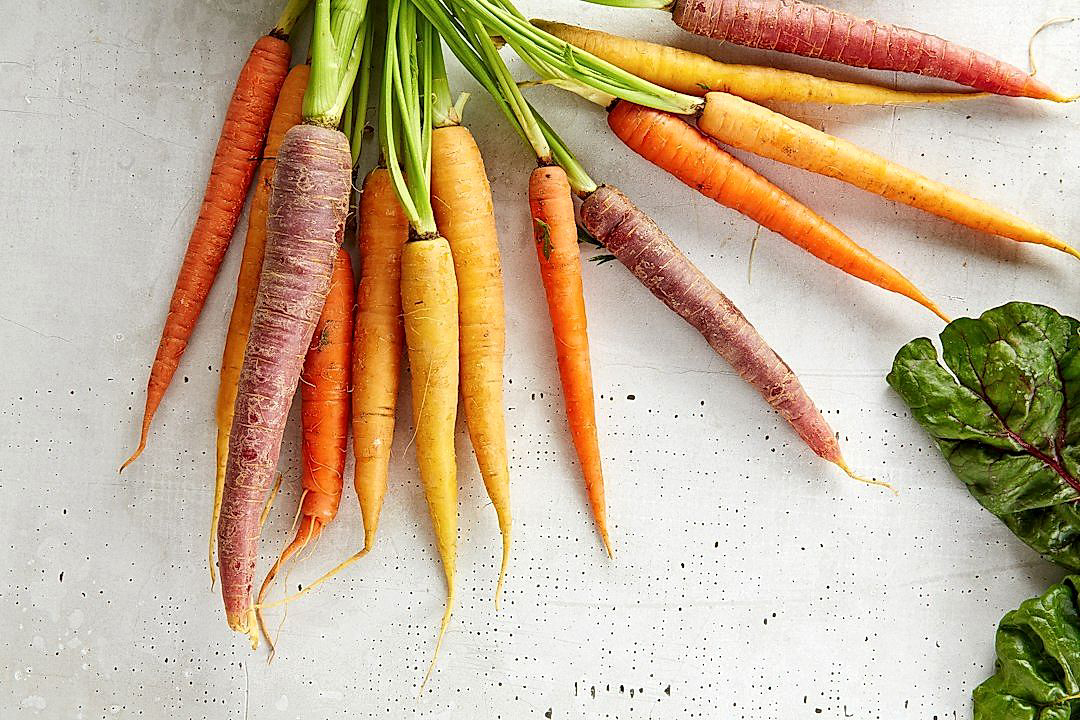In the continually evolving landscape of the produce industry, the approach to packing is no exception.
Several developments have emerged and are set to reshape the way fresh fruits and vegetables reach consumers.
From advancements in sustainable materials to smart packaging technologies, the changes are both substantial and influential.
In keeping pace with these trends, businesses can position themselves at an advantageous vantage point.
Today, we will delve into these noteworthy shifts.
Understanding these tendencies could prove instrumental for those involved in the produce packing industry.
Contents
Major Trends In Produce Packing You Should Watch
1. Increasing Use of Biodegradable Packaging
The focus of produce packaging is shifting towards the environment with the increasing use of biodegradable materials.
In efforts to cut down on waste and adhere to more stringent environmental regulations, many businesses in the food industry are turning to biodegradable packaging materials.
Biodegradable materials can break down naturally in the environment, thereby reducing the amount of waste that ends up in landfills.
These materials, such as plant starch, cellulose, or edible materials, are derived from natural resources and can be consumed by microorganisms in the environment.
As a result, they do not leave any harmful residues behind.
This has led to a significant increase in the popularity of biodegradable packaging for produce, reducing the environmental footprint of the food industry.
Not only does biodegradable packaging have a more minimal impact on the environment, it also aligns with the preferences of today’s eco-conscious consumers.
Use of biodegradable packaging has increased rapidly as more food producers and retailers seek to meet consumer demand for sustainable options.
In addition to its environmental benefits, biodegradable packaging can also improve a company’s public image and boost its sales.
For small and medium-sized businesses in the food industry, adopting such packaging has become a viable way to stand out in an increasingly green-conscious market.
Packaging producers are now finding more innovative ways to integrate biodegradable materials into their designs, leading to packaging that is not only eco-friendly but also visually appealing and functional.
Regulations encouraging the use of biodegradable packaging are strengthening worldwide, providing a further boost to the trend.
As we move forward, it’s expected that the adoption of biodegradable packaging in the produce sector will only continue to grow.
This trend towards sustainability in packaging is a positive step not just for the industries involved, but also for consumers and the global environment.
Looking at the overall picture, the move towards biodegradable packaging is showing us that the food industry is taking its environmental responsibilities seriously and embracing green technology and sustainable practices.
2. Smart Packaging for Freshness Tracking.
The drive for smart packaging in the produce industry is increasing with the rise in the need for freshness tracking.
Consumers are continuously seeking more information about the products they consume to ensure they are of good quality and fresh.
Through smart packaging techniques, manufacturers are able to provide real-time data about the condition of the produce during transportation and storage.
Smart packaging can ensure produce is kept at the necessary conditions to retain freshness, reducing waste and increasing consumer satisfaction.
One popular method of smart packaging includes using time-temperature indicators (TTIs) which can provide an accurate history of the produce’s temperature exposure.
These sensors can reduce spoilage and waste by alerting retailers and consumers when the produce has been exposed to inadequate conditions.
Another method is the use of radio frequency identification (RFID) tags which can track the produce from the farm to the supermarket.
This not only ensures the traceability of the produce but also allows for the tracking of the product’s life cycle.
Furthermore, smart labels equipped with QR codes or other scannable information can provide consumers with additional details about the product’s origin, nutritional value, and more.
Smart packaging not only benefits the consumer but also the producer and retailer by maintaining the integrity of the product during the entire supply chain.
It can prevent unnecessary losses and recalls due to contamination or quality issues, minimizing costs and increasing profits.
Moreover, it helps in building consumer trust by adding transparency to the process and showing the commitment to delivering high-quality, fresh produce.
While the adoption of such technologies might bring a higher initial cost, the long-term benefits are substantial in terms of waste reduction, increased consumer satisfaction, and higher profits.
It’s safe to say, as technology continues to advance, more innovative smart packaging solutions will emerge, allowing for better preservation and tracking of produce freshness.
Therefore, the trend of smart packaging for freshness tracking represents a significant step towards increasing efficiency and sustainability in the produce industry.
3. Emphasis on Minimalist, Eco-friendly Design.
The produce packing industry is currently witnessing a remarkable shift towards the minimalist and eco-friendly designs.
This trend is hugely influenced by the increasing concerns about environmental sustainability, as well as the need to reduce waste.
Produce packing companies are now required to focus on not just functionality, but also on the environmental impacts of their packaging materials and methods.
Even consumers are becoming more aware and supportive of this trend, mainly because they appreciate the combination of simplicity and responsibility towards the environment.
Produce packing is no longer about just protection and preservation, it has evolved to include concepts of minimalism and eco-friendliness.
Minimalist design involves reducing the packaging to its essential elements, thus limiting the amount of waste produced.
The aim of using minimalist designs in produce packaging is to ensure that the least amount of resources are used, without compromising the quality and lifespan of the produce.
On the other hand, eco-friendly design involves using materials that are sustainable and biodegradable.
This means that the materials used do not contribute to environmental degradation and can be disposed of without causing harm to the environment.
Furthermore, the use of eco-friendly designs in produce packaging also contributes to the reduction of harmful emissions during the production and disposal of packaging materials.
The minimalist, eco-friendly design trend is a response to the global calls for practices that are environmentally sustainable.
It is also an acknowledgment by the produce packing industry of the role they play in environmental sustainability and the need for them to take up more responsibility with their choice of packaging materials and designs.
This trend is not just beneficial to the environment, but is also a strategic marketing tool for produce packing companies.
Studies have shown that consumers are more likely to choose products that are packaged in eco-friendly materials and minimalist designs, as it makes them feel like they are making a positive contribution to the environment.
The trend of eco-friendly, minimalist design in the produce packing industry is not just a trend, but a necessary step towards a more sustainable future.
4. Rise in Edible Produce Packaging.
The major trend of edible produce packaging is significantly rising within the food industry.
This novel idea has emerged as an inventive solution to tackle the ever-increasing issue of plastic waste.
Edible packaging is designed to either be eaten with the produce or composted, adding a practical and eco-friendly twist to conventional methods of packing.
With this innovative approach, businesses are opting for packaging made out of natural materials such as seaweed, plant extracts, and any other organic matter.
This packaging has proven to not only be biodegradable but also entirely consumable.
Edible packaging materials are geared toward sustainability, reducing pollution, and maximizing resource efficiency.
Additionally, companies are making a conscious effort to ensure that these packages are equally as safe and hygienic as their non-edible counterparts.
From fruits and vegetables to dairy and meat products, all sorts of fresh produce can be encased in edible packaging.
In many instances, these packages are enriched with vitamins, further promoting health and ingenuity.
Even though it is a somewhat newer concept, edible produce packaging is rapidly being embraced by consumers who appreciate the combination of practicality and environmental consciousness.
It’s a trend that’s encouraging eaters to think outside the box—literally and figuratively—about their food consumption and waste.
Edible packaging is not just a business endeavor; it’s a global initiative to reduce, reuse, and recycle in the most natural way possible.
Moreover, many startups and established brands alike are investing in the research and development of edible packing – indicative of its increasing market potential.
Undoubtedly, this form of packaging is a major trend to watch, given its implications for both business strategies and environmental sustainability.
In essence, the rise in edible produce packaging is proving to be monumental in commencing a green revolution in the food industry.
5. Adoption of Automation and Robotics.
The produce packaging industry has been revolutionized through the adoption of automation and robotics.
This trend has been driven by the need for increased efficiency, precision, and labor cost reduction.
Through automation, producers can package their products rapidly, minimize errors, and increase their production scale.
Robotic arms, for instance, are being used in various functions in the production line, including picking, packing, and palletizing.
This adoption of automation also offers significant benefits in terms of precise quality control, reduced wastage, and overall productivity enhancement.
The advent of robots provides an opportunity for the industry to address the issues related to manual labor, such as workplace injuries and employee turnover.
Employing robots in packing processes is not just economical, but also enhances product consistency and quality.
Robots, thanks to their precision, can decrease product damage and increase the shelf life of fruits and vegetables.
Robotic technology in produce packaging often comes with sophisticated software systems that increase flexibility and adaptability.
This results in a system capable of packing different types of produce without major changes to the setup, hence reducing downtime.
Most of these robotic systems can operate day and night, allowing companies to greatly maximize their production capacity.
In fact, several produce companies have reported significant return on their investment in automation and robotics within a few years.
Automation and robotics also play a vital role in keeping up with the increasing complexity in regulatory requirements for packaging.
As the industry continually evolves, so will the requirements for safety, quality, and traceability, which automation helps address.
Therefore, the adoption of automation and robotics is a major trend which should be closely watched in the produce packaging industry.
The Bottom Line
The packaging industry is clearly steering towards sustainable and smart solutions.
The growing demand for biodegradable materials indicates a shift towards environmental consciousness, while smart packaging enhances the consumer experience by offering freshness tracking.
Notably, there is an emphasis on minimalist and eco-friendly designs that provide functionality without excessive material use.
Furthermore, edible packaging is becoming prevalent, pushing the boundaries of innovation and reducing waste.
Lastly, the adoption of automation and robotics is transforming the industry by improving efficiency and productivity.
These trends reflect an inclusive approach encompassing environmental awareness, consumer preferences, and technological innovation that are shaping the future of the packaging industry.




